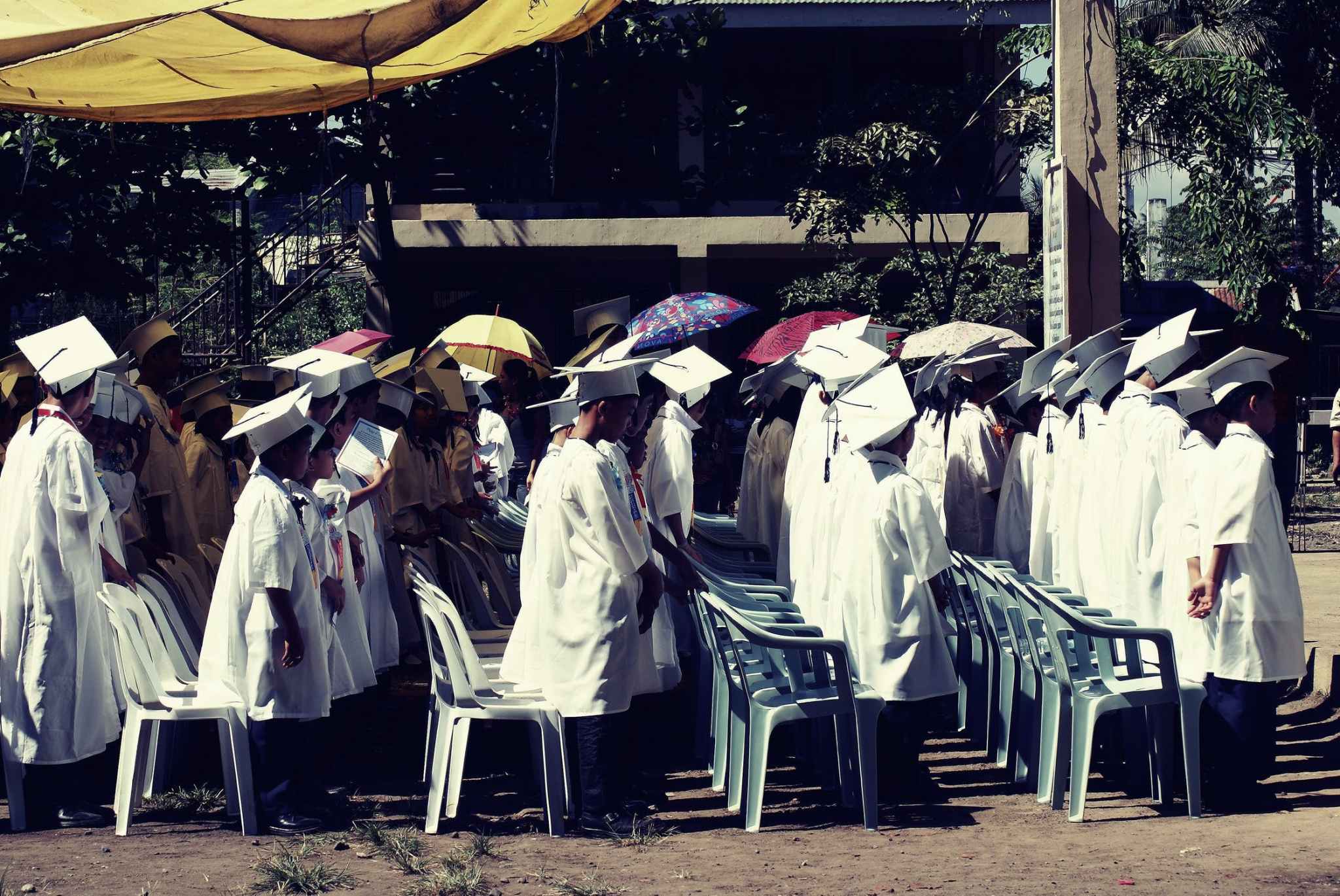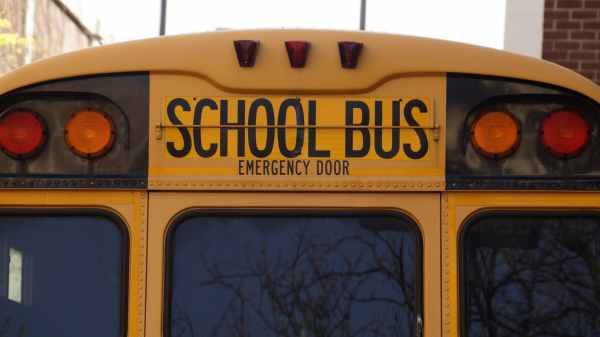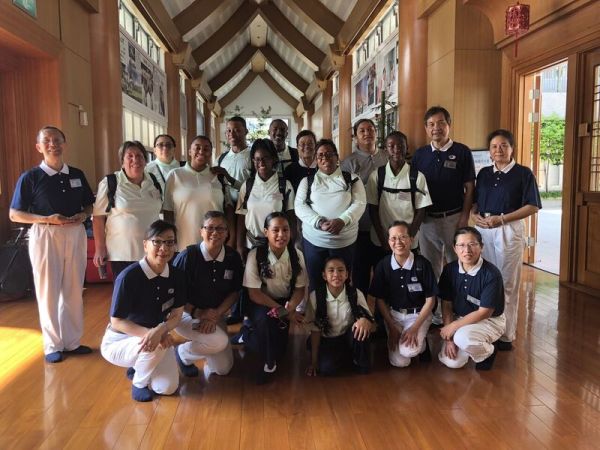Take a look into how school choice affects communities in need, specifically the children growing up within circumstances that may make school choice an option that’s out of reach.
Separated by only three years in age and over 600 miles, Perkins Homes in Baltimore, Maryland and Beecher Terrace in Louisville, Kentucky have so much more in common than just the ripe old age of their crumbling structures. The educational experience of children living in these communities is as in need of rejuvenation as the very buildings themselves. Another way in which these two communities are alike is that both have school districts that allow school choice at the high school level. “School choice programs provide alternatives to parents who do not wish to send their children to the local public schools to which they are assigned. Public school choice options include open enrollment policies, magnet schools, and charter schools. Proponents argue that school choice programs improve educational outcomes by expanding opportunity and access for historically disadvantaged students.” 1
With an on-time graduation rate of 58% in Beecher Terrace and 69% in Perkins homes, it would be easy to consider the children who live here as historically disadvantaged. On the surface, school choice might appear to be a viable option for improving educational outcomes for youth from these communities. Were it only that simple. Unfortunately, for children of color growing up in urban poverty, many things about life are anything but.

As the people lead for the CNI grants in both the Beecher Terrace and Perkins Homes communities, Urban Strategies Inc, (USI) works with a group of committed partners in each community to establish and support a set of holistic educational strategies to create a pathway to success for all students. Graduation rates don’t just fall in a vacuum. There are many contributing factors. This is why our efforts don’t begin there. Rather they are focused on improving kindergarten readiness and increasing core academic functioning, as precursors to raising the on-time graduation rates. As stewards of this work, we also make it a priority to be in the community, listening to the community. Whether that is walking the streets or holding a meeting of community youth, the staff at USI is interested in hearing the thoughts, dreams, and needs of the resilient people with whom we do our daily work. In a recent youth listening session with 11 students from Perkins Homes, one of the themes that arose was that school choice at the high school level has the potential to break up social support systems. This means disrupting peer social groups at one of the most critical points of adolescent development. Research clearly shows why this matters.
 “The influence of peers can be both positive and negative. On the positive side, it can serve as an important incentive for adolescents to perform well in school. On the negative side, peer influence can lead to discipline problems and delinquent behaviors both inside and outside of school. Thus, the values of peers can play an important role in students’ educational experiences and outcomes. Compared with students with friends who showed little interest in learning, those with friends who cared about learning had better educational outcomes–they were less likely to drop out of school and more likely to be enrolled in an academic program, graduate from high school, and continue their education after graduating.”2.
“The influence of peers can be both positive and negative. On the positive side, it can serve as an important incentive for adolescents to perform well in school. On the negative side, peer influence can lead to discipline problems and delinquent behaviors both inside and outside of school. Thus, the values of peers can play an important role in students’ educational experiences and outcomes. Compared with students with friends who showed little interest in learning, those with friends who cared about learning had better educational outcomes–they were less likely to drop out of school and more likely to be enrolled in an academic program, graduate from high school, and continue their education after graduating.”2.
So, it becomes a kind of luck of the draw as to whether the peer group they land in at their new schools have a positive or negative attitude towards education. High school graduation and all of the important milestones that follow are far too important to leave up to chance for any child.
Meanwhile 600 miles away, while doing outreach in Louisville during regular school hours, USI staff encountered a young person who they knew should be in school. Upon questioning him about why he wasn’t, they heard an all too familiar answer. He had missed the school bus. With his high school 9 miles from where he lives, walking to school was not a feasible alternative. In this circumstance, what happens when your parent is at work and cannot transport you to school? Or when they do not have reliable transportation? Or you cannot afford to access public transportation? You hold your breath and hope you don’t miss school enough that you become truant. Because truancy leading to court involvement comes with a whole other host of problems. For this very reason, USI and our steadfast education partners across the nation, target reduction of chronic absenteeism through a variety of interventions and strategies. Still, as in the case of this young person, school choice has the potential to keep vulnerable students disconnected from school.
And not only in this way.

Living far away from the school you attend while having limited access to transportation or funds for transportation lowers the likelihood that youth will participate in after-school activities. Though that is extra and apart from the traditional educational experience, for many children, particularly vulnerable ones, after-school activities can mitigate toxicity and help meet their needs for belonging. “Participation in after-school programs has led to increased academic achievement (Friedman & Bleiberg, 2007; Goerge, Cusick, Wasserman, & Gladden, 2007)3, prevention of drug use (Hall & Gruber, 2007)4, and increased likelihood of obtaining work and gaining life skills experience (Barr, Birmingham, Fornal, Klein & Piha, 2006)5. This is why USI attempts to increase participation in after-school activities as a strategy to cement school connection. One of the real challenges we encounter with the implementation of this strategy is the distance between where a child resides and where they go to school.

Bayview International Student Ambassadors and Isaac Dozier, Regional Vice President in Taiwan, during their May 2018 trip.
It is important when determining school options for students to take into consideration all of their needs and how those will be met. School choice is a program like many others. It is a well-intentioned approach that on the surface has the ability to ensure that educational opportunities are equitable. The intentions are good. The lesson is clear.
Regardless of intent, policies don’t impact all people equally.
So what is the answer?
That is as complicated as the lives of the children who are most often failed by social policy. For that reason, perhaps the answers are buried somewhere in their lived experiences. Because passing policies that largely ignore the differential impact due to race and class…well, that is anything but.
About the Author: Kristie G. Stutler is a Regional Director for Urban Strategies, Inc. She has a Masters of Science in Social Work, 16 years of experience working with system-involved youth, and 3 years of experience working in juvenile justice reform. She is a Class 10 Fellow in the Annie E. Casey Children and Family Fellowship, a trainer, a writer, and a lover of all things that rhyme.
Resources:
- https://ballotpedia.org/School_choice_in_the_United_States
- https://nces.ed.gov/pubs97/web/97055.asp
- Friedman & Bleiberg, Goerge, Cusick, Wasserman, & Gladden, 2007
- Hall & Gruber, 2007
- Barr, Birmingham, Fornal, Klein & Piha, 2006
